Dosimetry
Exposure exposed
Certain work processes, including nuclear power generation, nuclear medicine, medical imaging and radiotherapy, use ionising radiation or radioactivity. Exposure can damage tissue and DNA. With increased exposure, the risk of health damage increases. The health risk is determined by the exposure method and the properties of the radiation source. What distance is there between the person and the source? What type of radiation is emitted? In what quantity? The maximum radiation dose that a person can receive, professionally or otherwise, is laid down in legal limits.
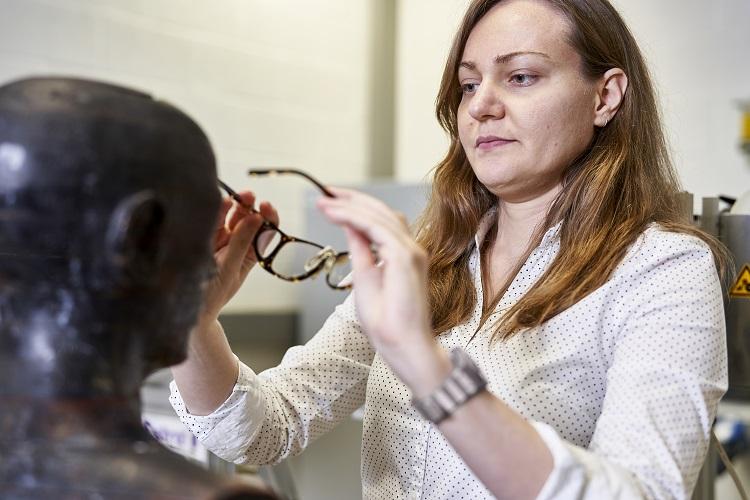
Detecting doses
Since radioactivity cannot be observed by human senses, scientists use dosimeters. Dosimeters do not protect people and the environment against ionising radiation, but they do allow the detection and monitoring of the acquired dose. SCK CEN has been active in this field for many years. The research centre measures and analyses the ionising radiation to which people and the environment are exposed, and studies the latest technologies in this field.
Three domains
Dosimetry consists of three sub-domains:
-
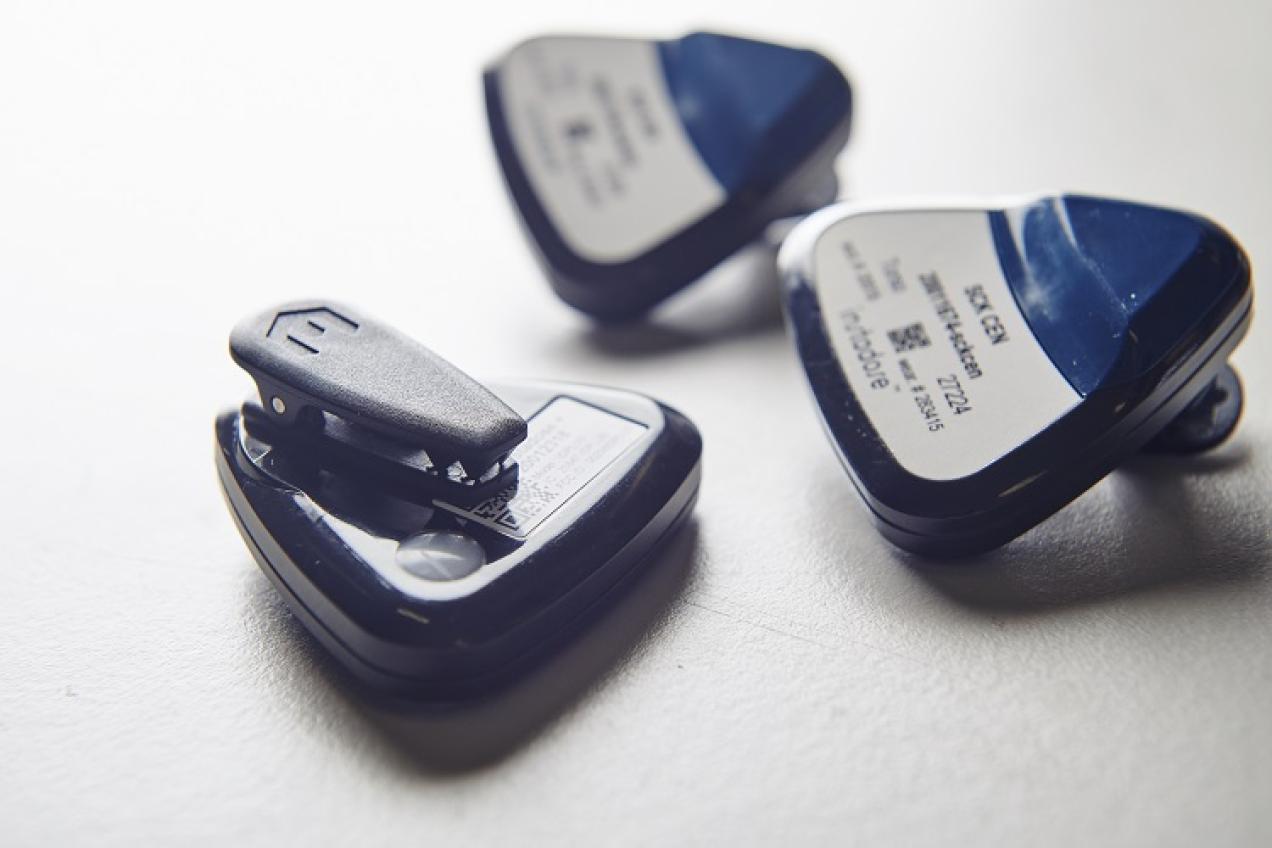
Personal dosimetry
Medical personnel and employees in the nuclear sector are exposed more professionally. By order of their employers, SCK CEN checks the dose that each individual has received every month. In order to measure this, they wear a dosimeter at chest height. Some activities tax certain body parts more than others. For example, the hands receive more radiation when radioactive sources are manipulated by hand. For such cases, SCK CEN also offers eye and finger dosimeters.
-
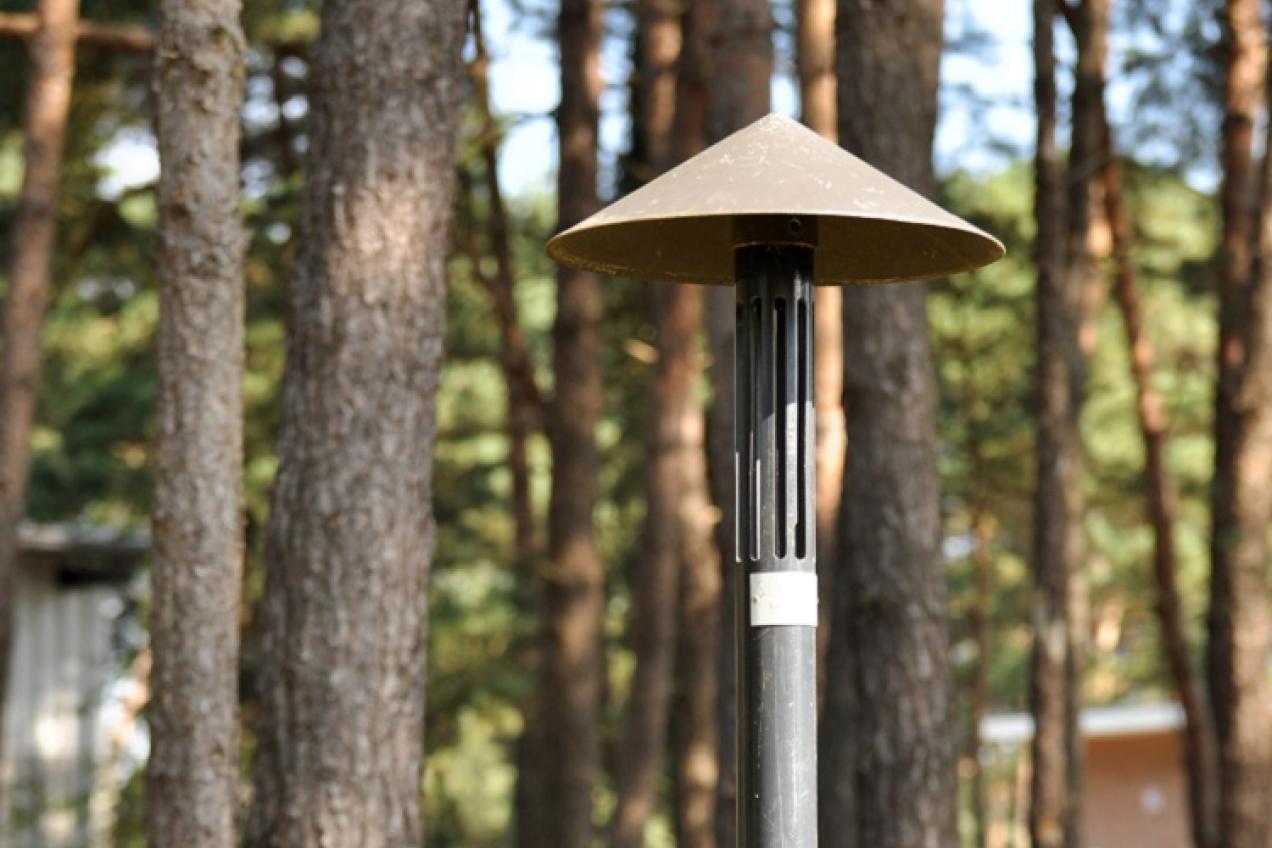
Environmental dosimetry
Operators of nuclear sites and/or medical installations installed special measuring posts with dosimeters in their neighbourhood to monitor the impact of artificial sources of radioactivity on the environment. With this highly sensitive measuring equipment, SCK CEN measures the doses near these installations and registers even the smallest fluctuations in radioactivity. Every three months SCK CEN changes and reads these dosimeters.
-
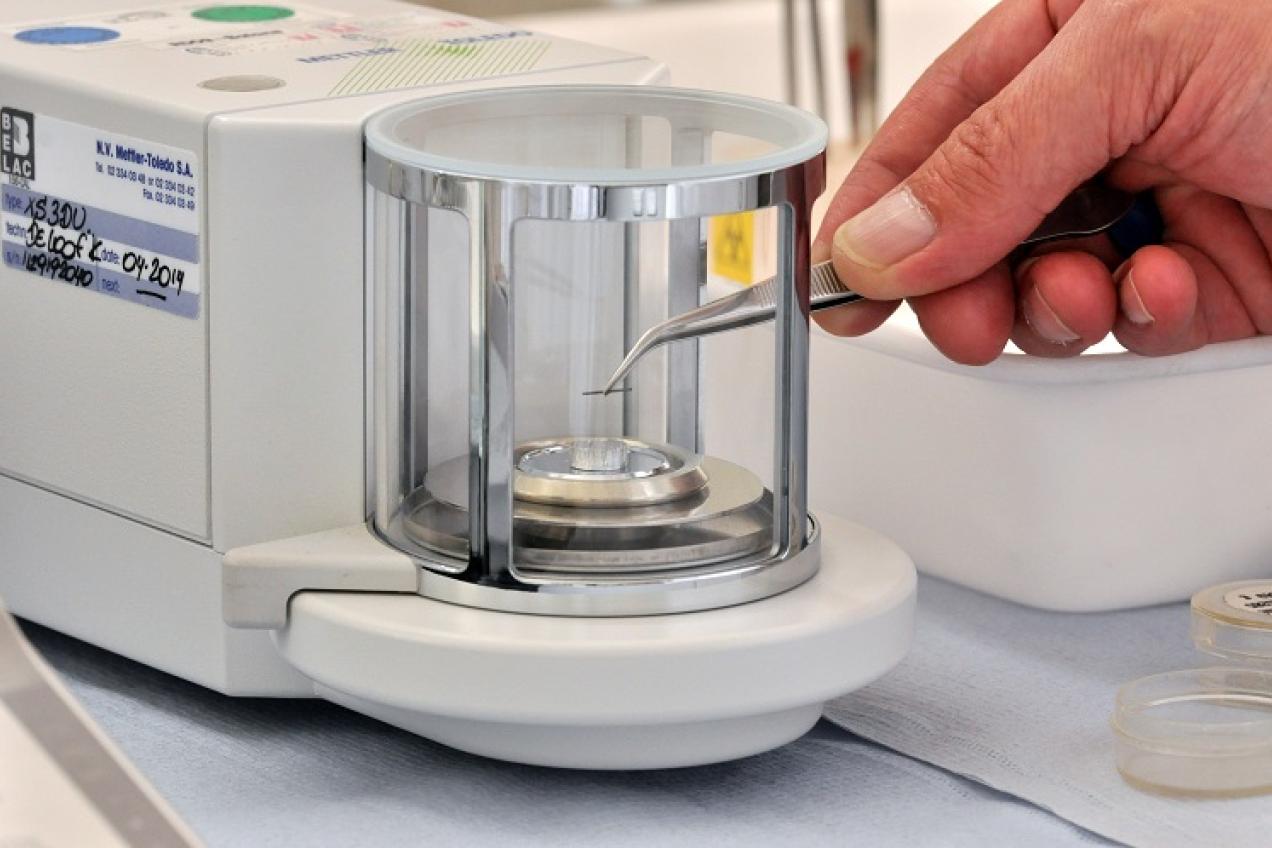
Reactor dosimetry
A reactor in operation must withstand extreme conditions such as high temperatures and a continuous bombardment of neutrons. These neutrons damage the steel, which is a limiting factor for its lifespan. To ensure safety, all reactors are equipped with monitoring capsules and neutron dosimeters. These monitoring capsules, which are located between the reactor and the reactor vessel, are test pieces of the vessel steel material. SCK CEN examines them, while the neutron dosimeters tell the research centre exactly which neutron flux the monitoring capsules received.
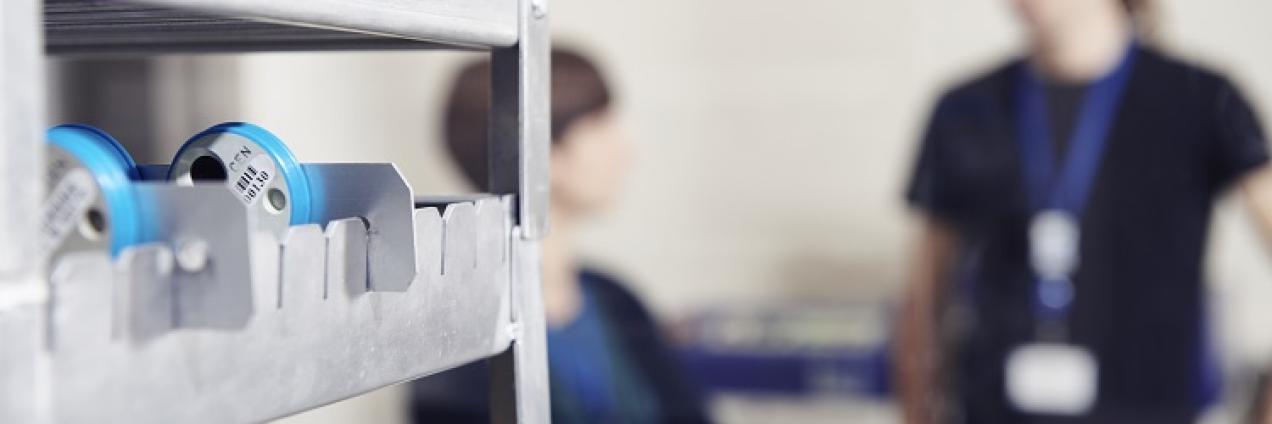
Already a customer or becoming a customer?
SCK CEN has a wide range of dosimetry services.
Are you already a client? You can log in on the next page.
Interested in becoming a customer? Take a look at our dosimeters and discover how SCK CEN can be of service to you.